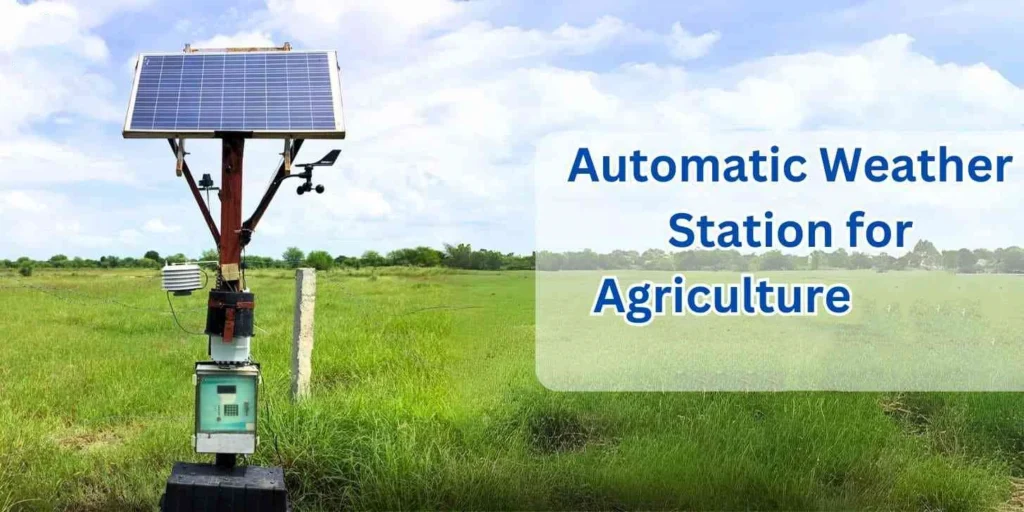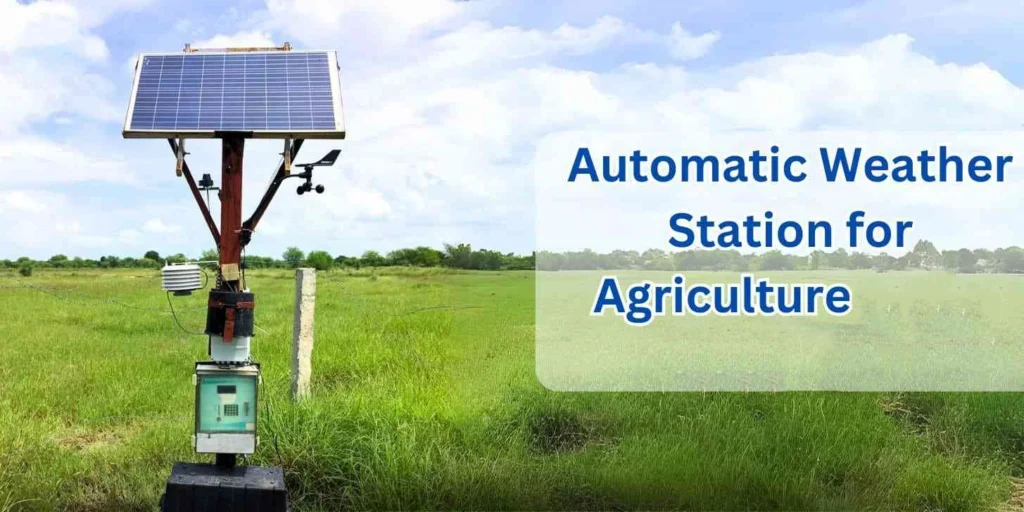Automated Weather Station: Enhancing Meteorological Data Collection and Analysis

# Automated Weather Station: Enhancing Meteorological Data Collection and Analysis
## Introduction to Automated Weather Stations
Automated Weather Stations (AWS) have revolutionized the way meteorological data is collected and analyzed. These advanced systems are designed to automatically measure and record various weather parameters, providing accurate and timely information for a wide range of applications.
## Key Components of an Automated Weather Station
An AWS typically consists of several key components:
– Sensors: These measure various weather parameters such as temperature, humidity, wind speed, wind direction, rainfall, and atmospheric pressure.
– Data Logger: This device records the data collected by the sensors and stores it for further analysis.
– Power Supply: Most AWS are powered by solar panels, ensuring continuous operation even in remote locations.
– Communication System: This allows the data to be transmitted to a central database or directly to users via the internet, satellite, or radio.
## Benefits of Using Automated Weather Stations
The use of AWS offers numerous advantages:
– Accuracy: Automated systems reduce human error, providing more reliable data.
– Real-Time Data: AWS can transmit data in real-time, allowing for immediate analysis and decision-making.
– Cost-Effective: Once installed, AWS require minimal maintenance, reducing long-term operational costs.
– Remote Monitoring: AWS can be deployed in remote or hazardous locations, providing data that would otherwise be difficult to obtain.
## Applications of Automated Weather Stations
AWS are used in a variety of fields:
– Agriculture: Farmers use AWS to monitor weather conditions, helping them make informed decisions about planting, irrigation, and harvesting.
– Aviation: Airports rely on AWS for accurate weather data to ensure safe takeoffs and landings.
– Disaster Management: AWS provide critical data for predicting and responding to natural disasters such as hurricanes, floods, and wildfires.
– Climate Research: Scientists use AWS to collect long-term data for studying climate change and its impacts.
## Challenges and Future Developments
Despite their many benefits, AWS face certain challenges:
– Maintenance: Sensors and other components require regular calibration and maintenance to ensure accuracy.
– Data Management: Handling and analyzing large volumes of data can be complex and resource-intensive.
– Initial Costs: The upfront cost of purchasing and installing an AWS can be high.
However, ongoing advancements in technology are addressing these challenges. Future developments may include more robust sensors, improved data transmission methods, and enhanced data analysis tools, further enhancing the capabilities of AWS.
## Conclusion
Automated Weather Stations have become an indispensable tool in modern meteorology. By providing accurate, real-time data, they enhance our ability to understand and respond to weather and climate-related challenges. As technology continues to evolve, the role of AWS in data collection and analysis will only grow, offering new opportunities for innovation and improved decision-making across various sectors.
Keyword: automated weather station
